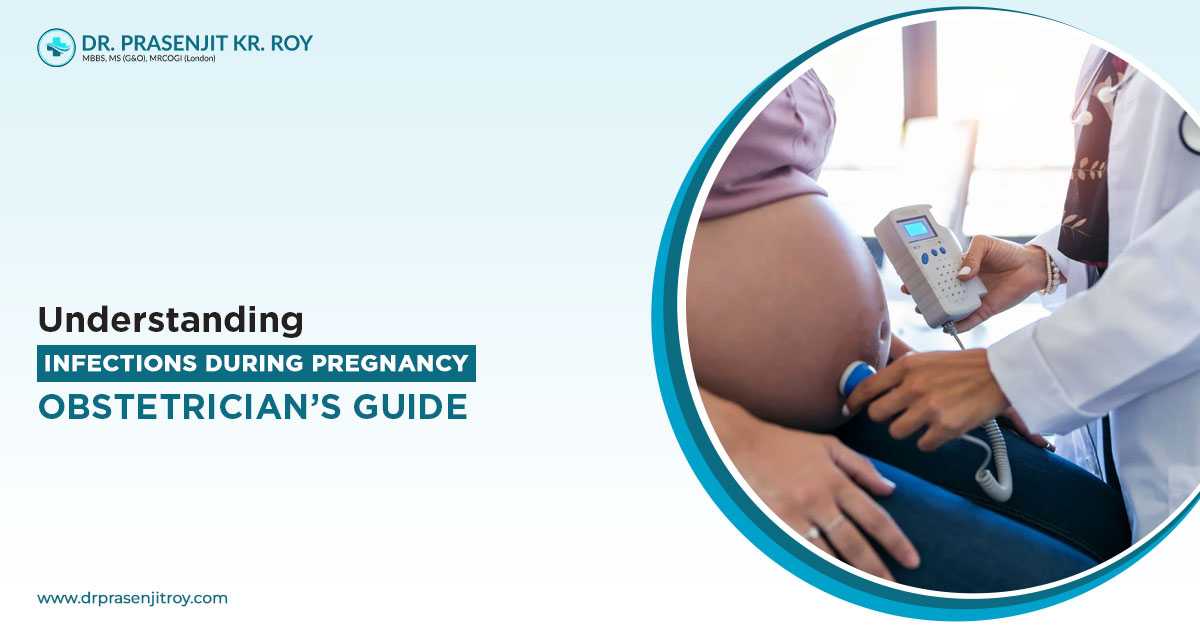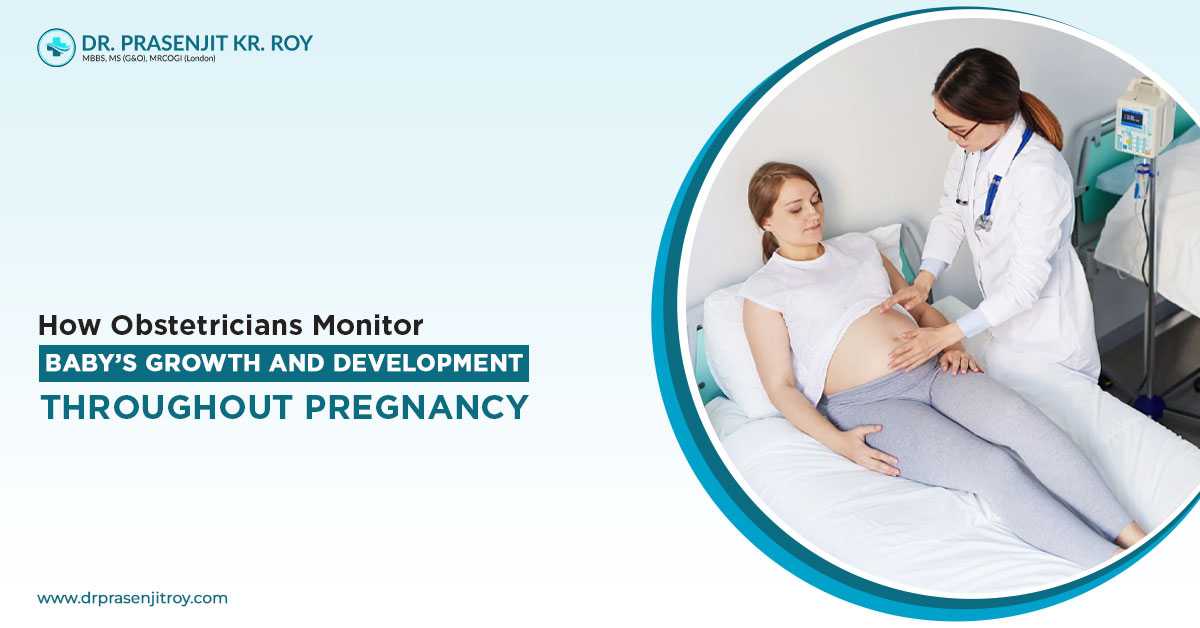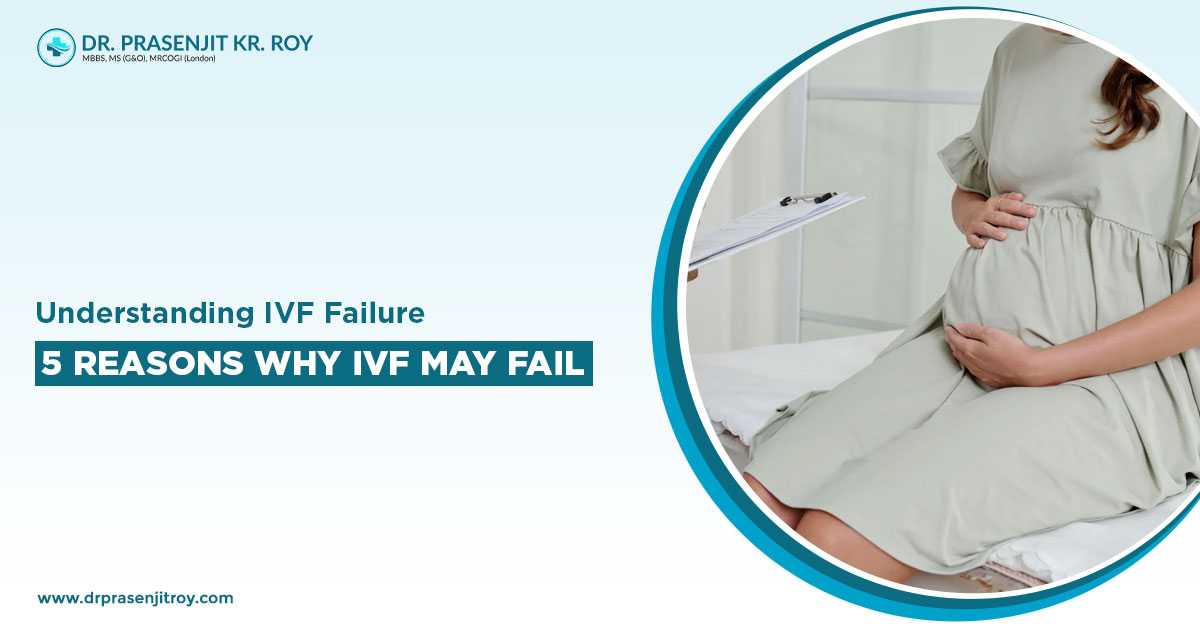The clinical term cervical dysplasia refers to the unusual growth of cells on the cervix surface. Many a reason can be there for contributing to such development. An untreated condition can result in cancerous growth. One may have cervical dysplasia without developing prominent symptoms.
Cervix is the narrow, lower end of the womb/uterus, forming connections between the uterus and vagina. Symptoms tend to appear progressively. Therefore, you may not get an early-stage indication. Routine health check-ups under a medical expert are vital. You might consider talking to the best gynaecologist in Siliguri for your well-being.

Who Gets Cervical Dysplasia?
Several factors can trigger the growth of cervical dysplasia, the precancerous stage. Given below are some:
- Weakened/suppressed immune system for HIV, HPV
- Exposure to HPV/human papillomavirus
- Having exposure to sexual activity at an early age
- Having immunosuppressant drugs for HIV, HPV
- Smoking cigarettes, especially tobacco smoking
- Having multiple sexual partners
HPV increases the likelihood of cervical dysplasia. But if one has been diagnosed with HPV doesn't mean she will develop this precancerous condition surely. Maintaining medical guidelines ensured by your health care provider helps keep your health from hazards.
Apart from HPV, one of the sexually transmitted viruses, other contributing factors can be coming in contact with radiation or vaginal inflammation. However, HPV is the most common cause of cervical dysplasia.
Fertility issues can be a result of sexually transmitted infections. There’s no risk associated with HPV concerning female fertility, however. If you have HPV and you want to conceive, best if you see your fertility expert.
How Can One Prevent Cervical Dysplasia?
A few preventive ways can aid in reducing the chance of getting cervical dysplasia, including:
- Practicing safe sex activities
- Keeping from tobacco smoking
- Consulting expert guidance on HPV vaccination
Using condoms during sexual intercourse reduces the risk of sexually transmitted diseases/infections by 70%. Be more attentive to your wellness so as to keep complications at bay.
Having been diagnosed with cervical dysplasia does not necessarily lead to cancer. But without any doubt, it’s a significant risk factor for cervical cancer. Your doctor provides advice on lifestyle modifications. Maintain that to improve your gynecologic health.

How is Cervical Dysplasia Diagnosed & Treated?
A routine Pap smear test is the classic diagnostic procedure for cervical dysplasia. Your doctor may notice some signs of cervical dysplasia during the procedure. A Pap test is screening to determine the presence of cervical cancer in women. The doctor, during the test, takes out cells from the cervix to examine if there’s any malignant growth.
A further step can be a colposcopy which helps the doctor examine the vaginal wall and cervix closely. Plus, the expert can order a biopsy or DNA test. Depending on the stage of cervical dysplasia, specialists offer treatments that can be –laser therapy, cryosurgery, cone biopsy, or loop electrosurgical extension procedure. Get medical consultancy from the leading fertility doctorand obstetrician in Siliguri.
The classifications of dysplasia include CIN 1, CIN 2, and CIN 3 as cervical intraepithelial neoplasia. CIN 1 is of a mild form and may not require medical care. CIN 2 and CIN 3 are moderate and severe forms respectively that need medical assistance for healing. Be sure not to delay receiving treatments as guided by your specialist.






